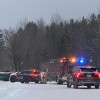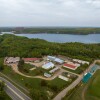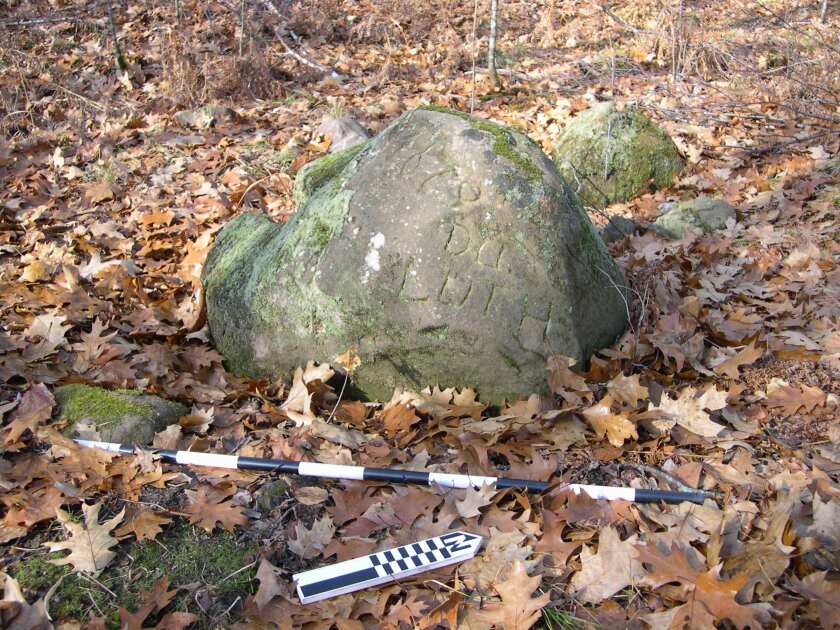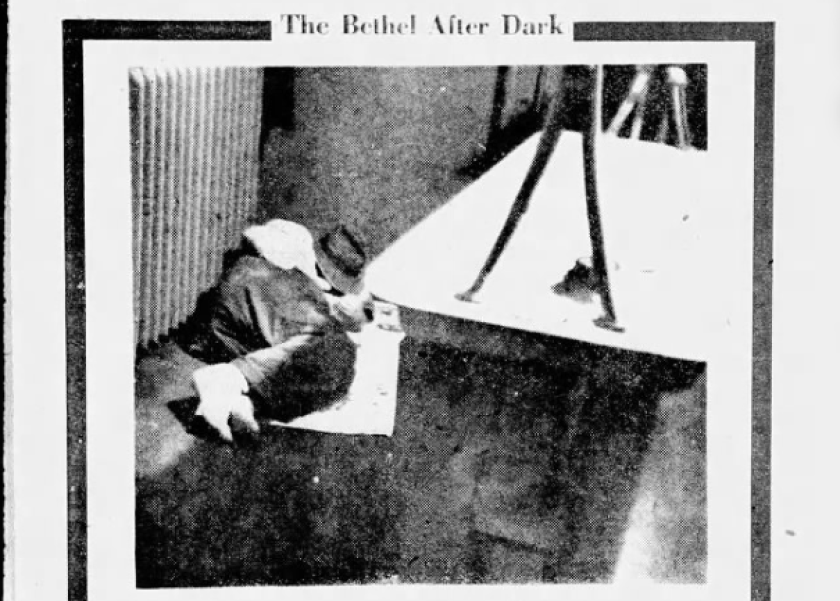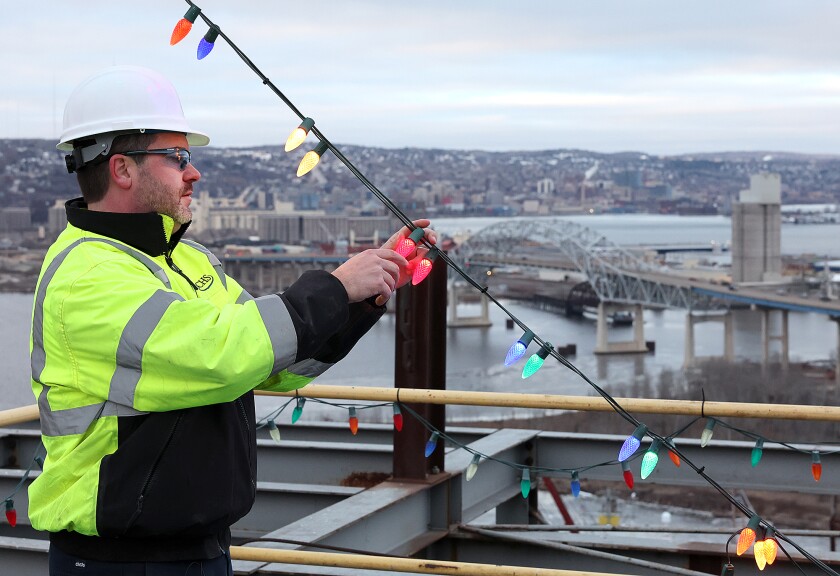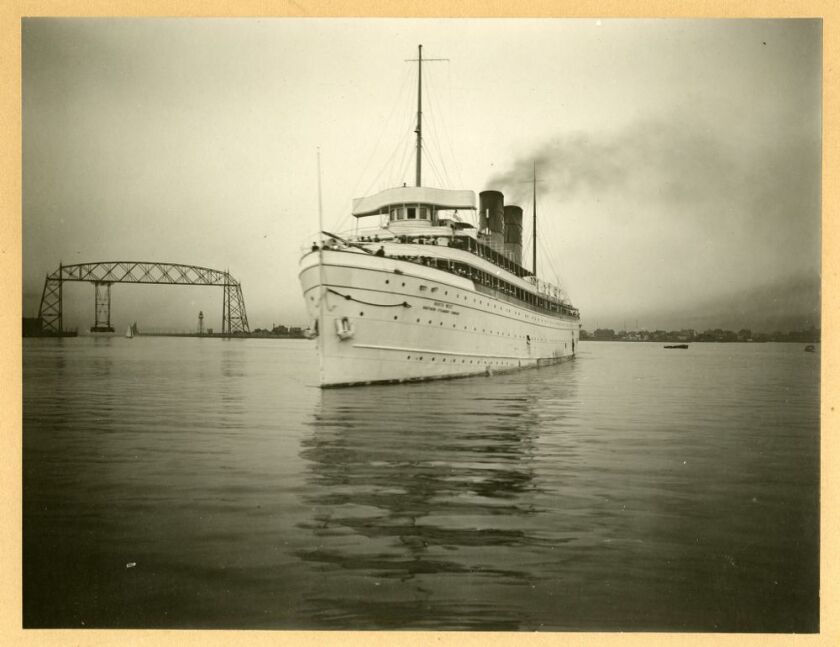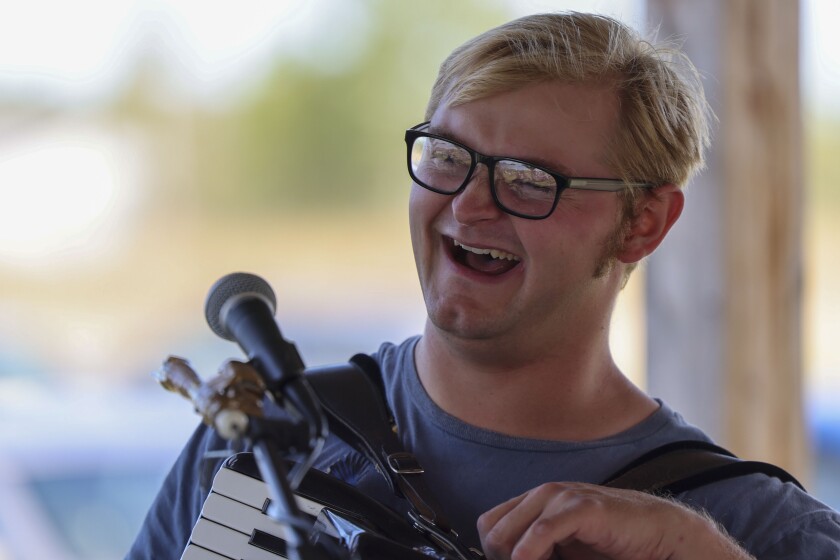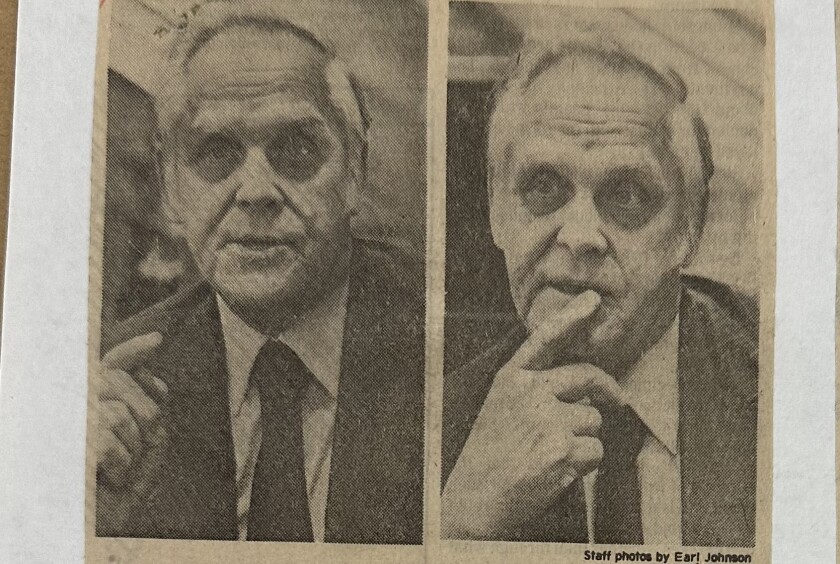GILBERT — If asked to list an ideal scuba diving location, the average person might list Hawaii, a Caribbean island, somewhere along the Mediterranean Sea, or, more locally, Lake Superior.
But for many Minnesota divers, an ideal location is an artificial lake created from three former open-pit mines on the Iron Range: Lake Ore-be-gone.
ADVERTISEMENT
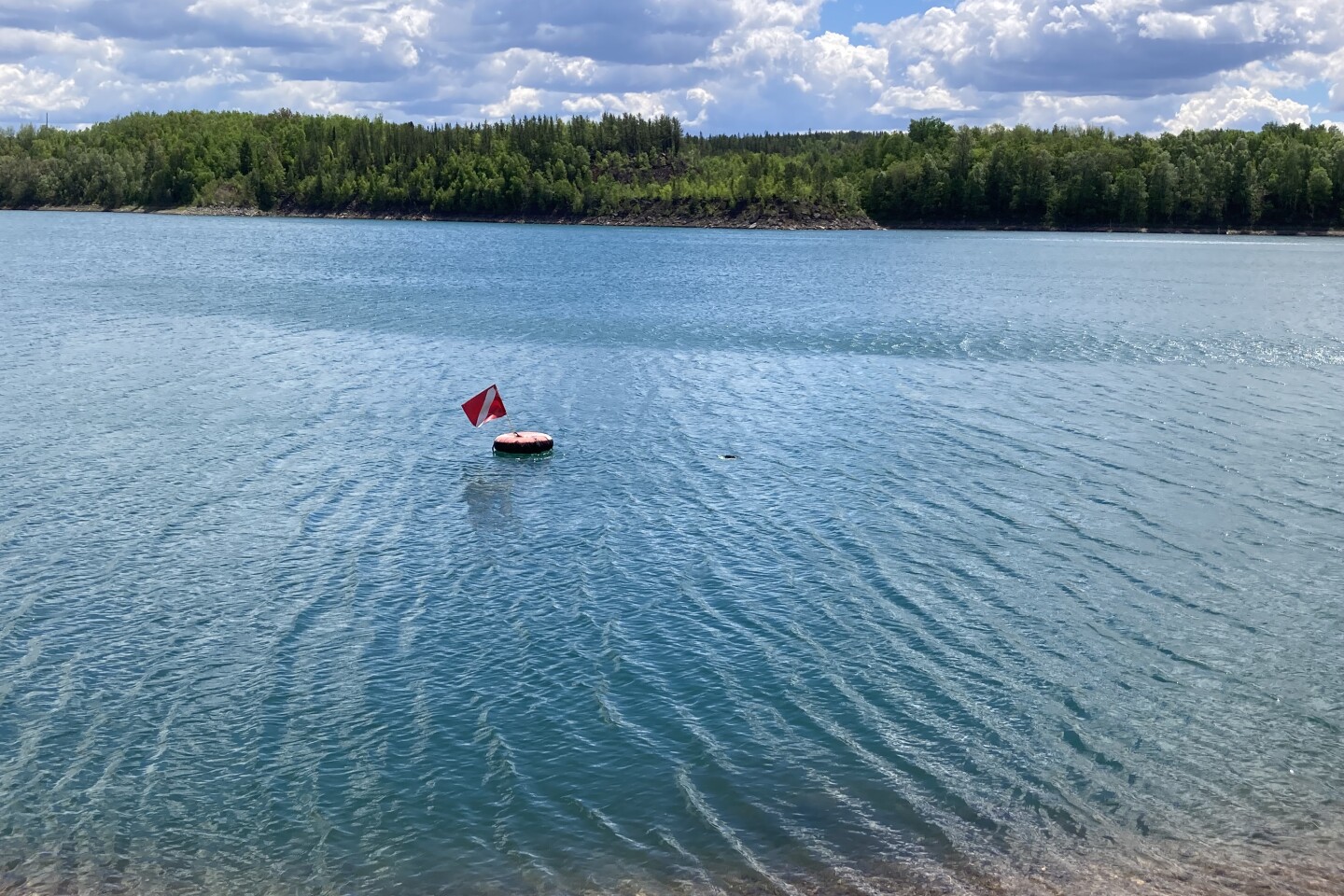
"It's an interesting place to dive because there are just so many different items down there to explore," said Tayler Mercil, a scuba diver formerly of Duluth, now based in Kalamazoo, Michigan. "And it's fun to see all the different fish, many of which will swim right up to you, right into your goggles, looking right in your eyes."
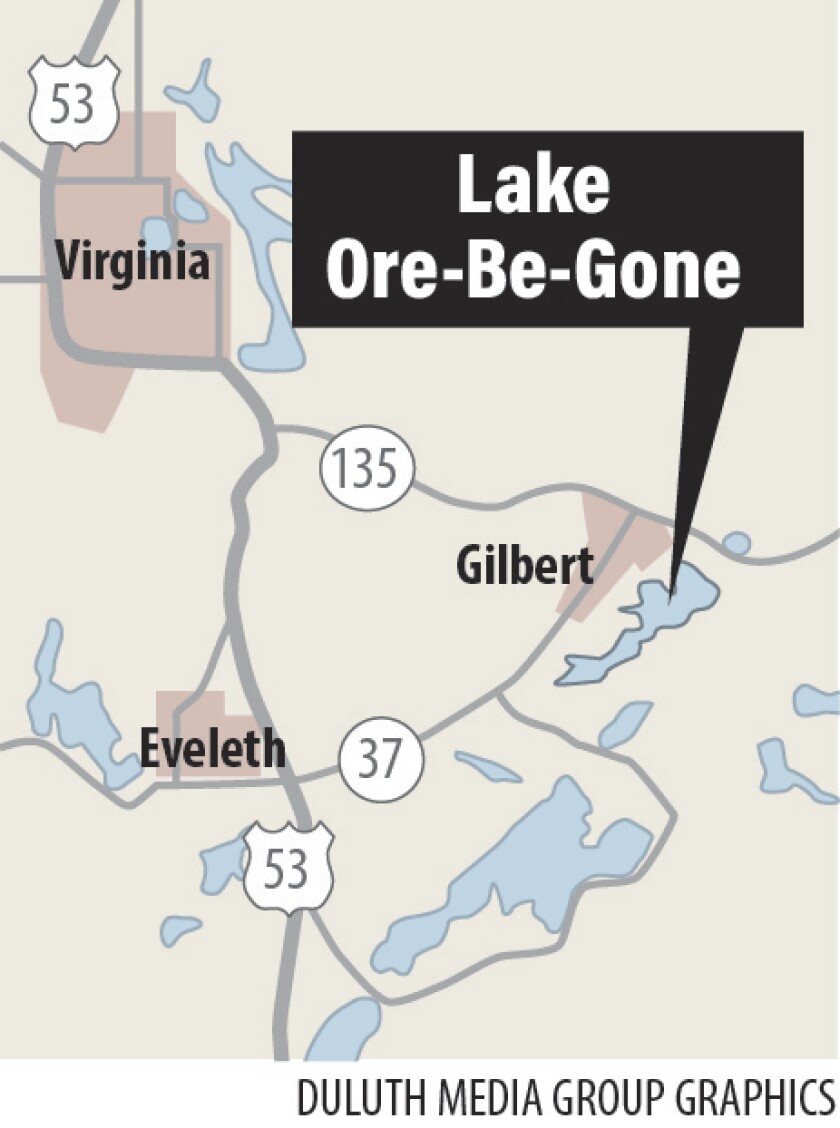
Mercil has dived in Lake Ore-be-gone a few times with her father and grandfather. Her father took videos of the dives to share with friends, family and a wider audience on YouTube with his channel MNduro USA. The videos reveal a variety of objects for divers to explore including an airplane , a school bus, a car, a helicopter, train cars and more.
Lake Ore-be-gone officially became a local recreation spot in 1986 according to former Gilbert Mayor Karl Oberstar Jr. The name is a tribute to Garrison Keillor's imaginary hometown of Woe-be-gone from the long-running radio program "A Prairie Home Companion."
But the lake didn't become much of a diving destination until the late 1990s and early 2000s. That's when members of Tall Pines Scuba installed all the items along the lake shelves at varying depths.
"Some of it had to be lifted by a crane and dropped down," said Greg Joseph, an Iron Range scuba enthusiast and former member of Tall Pines Scuba. "Some of the stuff we floated out there with lift bags. We got them from certain scrap yards around the area and made sure they were safe to be placed in the water."
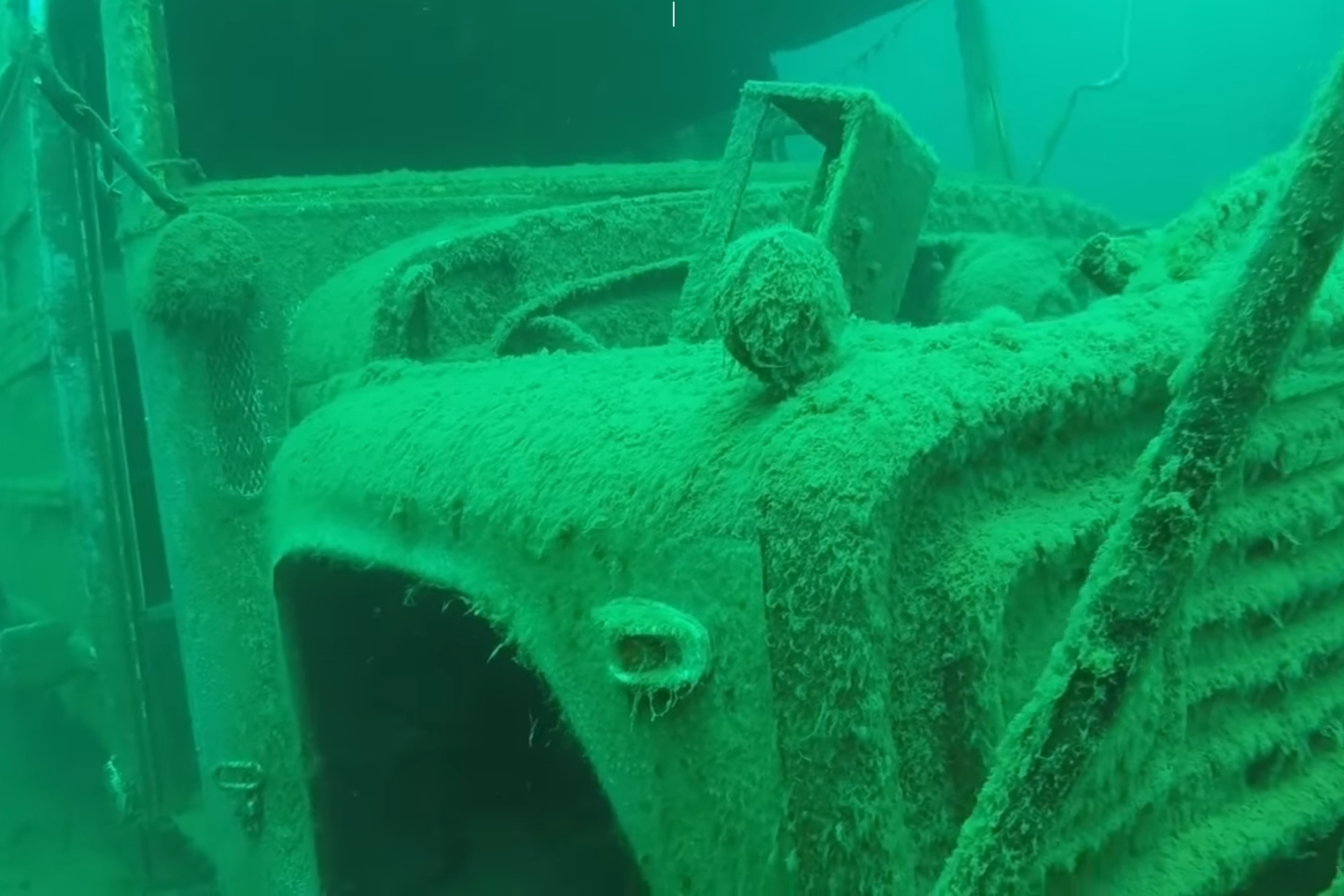
Joseph said some divers had the misconception that the items were actual wreck sites.
"We may have put some Halloween plastic skeletons down there," Joseph said. "Mostly just for fun."
ADVERTISEMENT
Mercil said she remembered seeing the skeleton while on a dive with her father as he noted it was placed at 60 feet, which happens to be the farthest depth divers can go without advanced certification.
"So the skeleton in all his scuba gear is kind of a warning to stop if you're a beginner diver," Mercil said. "My grandpa told me it was there, but it had fallen over and just a few of the bones were peeking out so it still managed to scare me even though I knew it would be there."
The variety of dive sites, easy access to the water, and items available to explore in the lake attract Aaron Olson, of Mick's Scuba in Moorhead, to the lake every year.
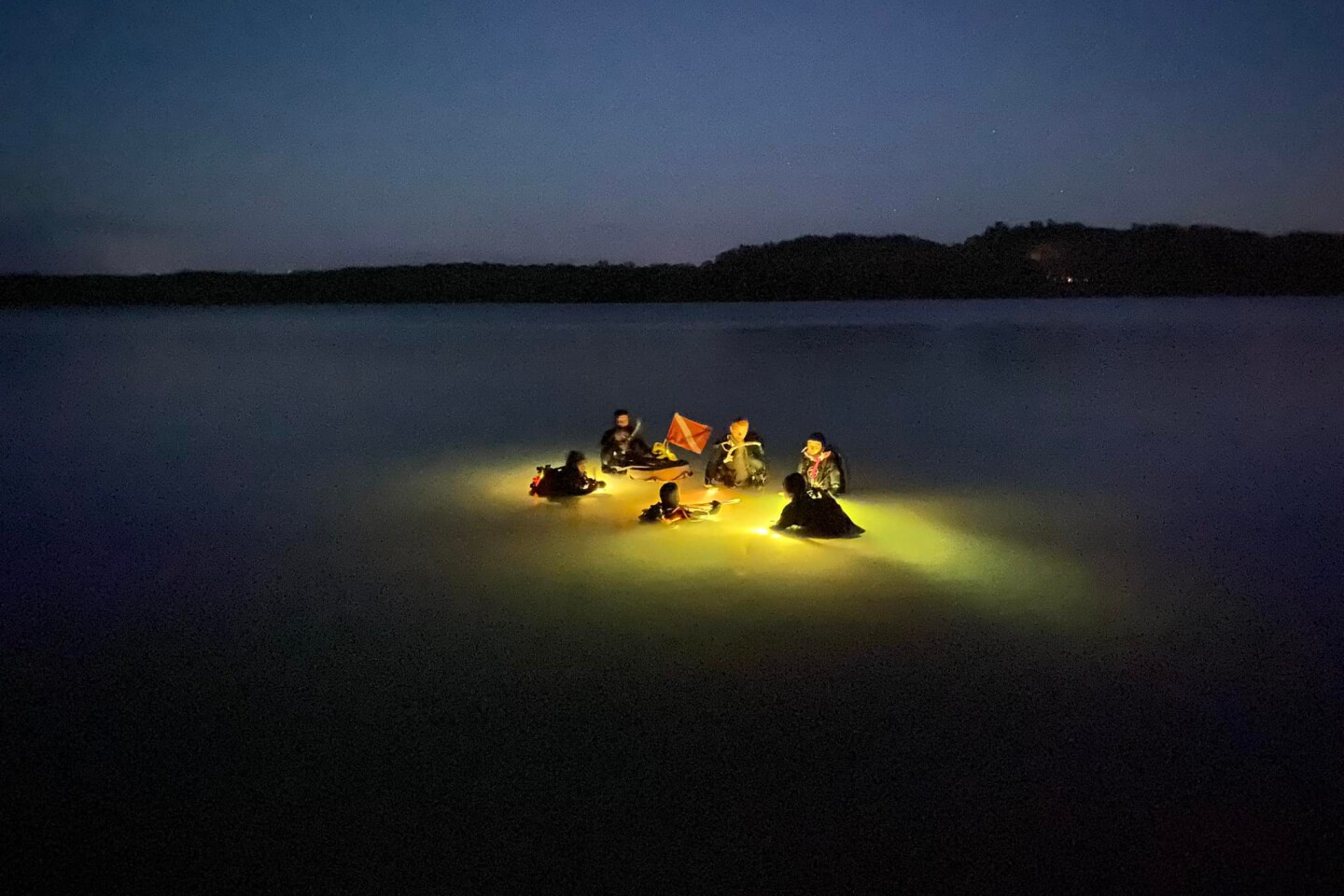
"The clear water helps a lot as well," Olson said. "There's so much you can see at every depth, too, so it's good for beginners all the way to more advanced divers."
Olson takes different groups to the lake for night dives, wreck explorations and beginner open-water dives. He's not the only dive company attracted to the lake — in fact, the lake is home to an annual event in August, "Scuba Palooza," where many scuba enthusiasts statewide gather to camp at Sherwood Forest Campground up the hill from the lake and take to the water.
"Having that campground right there is a big help, too," Olson said. "Often, you have to drive around to these remote locations to find a dive point. Here, it's pretty easy."
Olson did note that the lake has a significant thermocline, also known as a transition layer between the warmer water at the service and cooler depths below.
ADVERTISEMENT
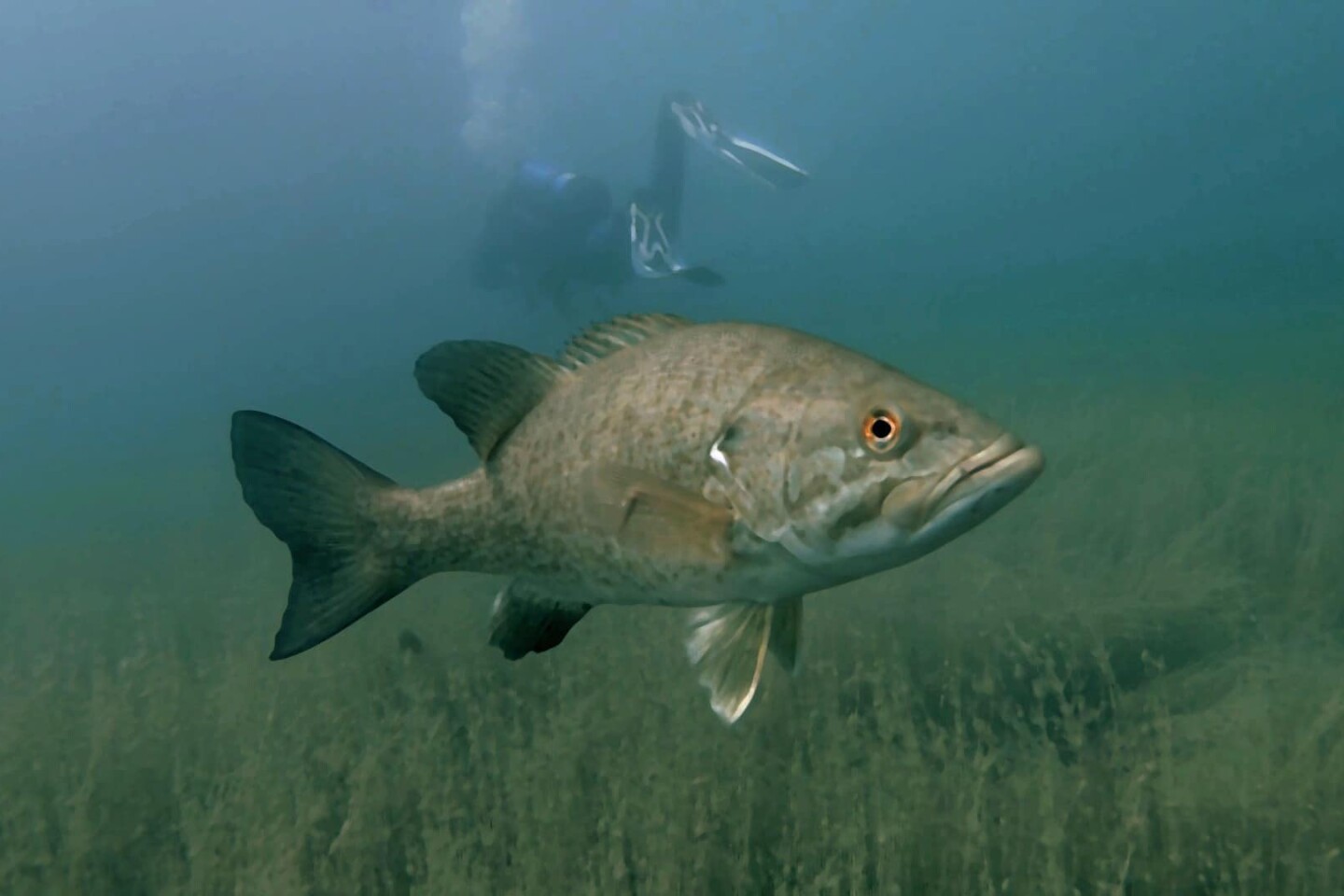
"It's pretty pronounced because of how big the lake is," Olson said. "It can be in the upper 70s to 80s at the surface, drop to the 60s at 20 feet below. Then when you drop to 40 to 60 feet, it drops to the 50s or high 40s."
Joseph noted that the temperature change is visible to divers because it produces a streaky white water effect between the top and bottom layers.
"If you stick your hand down that thermocline, you'll drop your hand into icy cold water," Joseph said.
Joseph started scuba diving in the 1990s. He said he'd always wanted to take up the activity and when he saw the opportunity to take a class on the Iron Range, he signed up. He worked his way up to assistant instructor and got his wife and daughter into it, too.
"I've been in just about every mine pit and lake on the Range," Joseph said. "You have to be careful diving there. The magnetic material can mess with your compass and you need to make sure you stick safe zones. But it's a whole other world."





